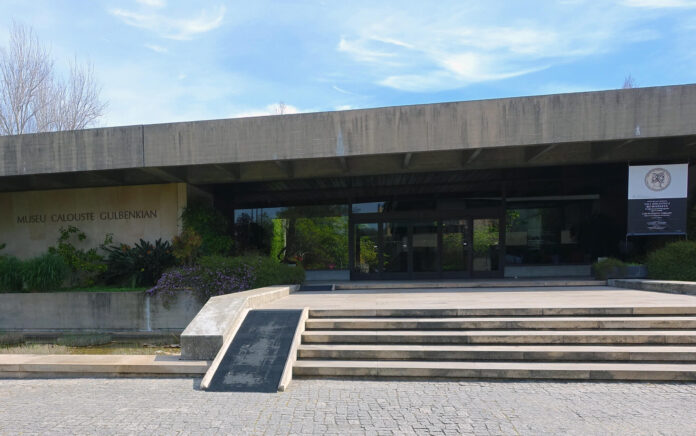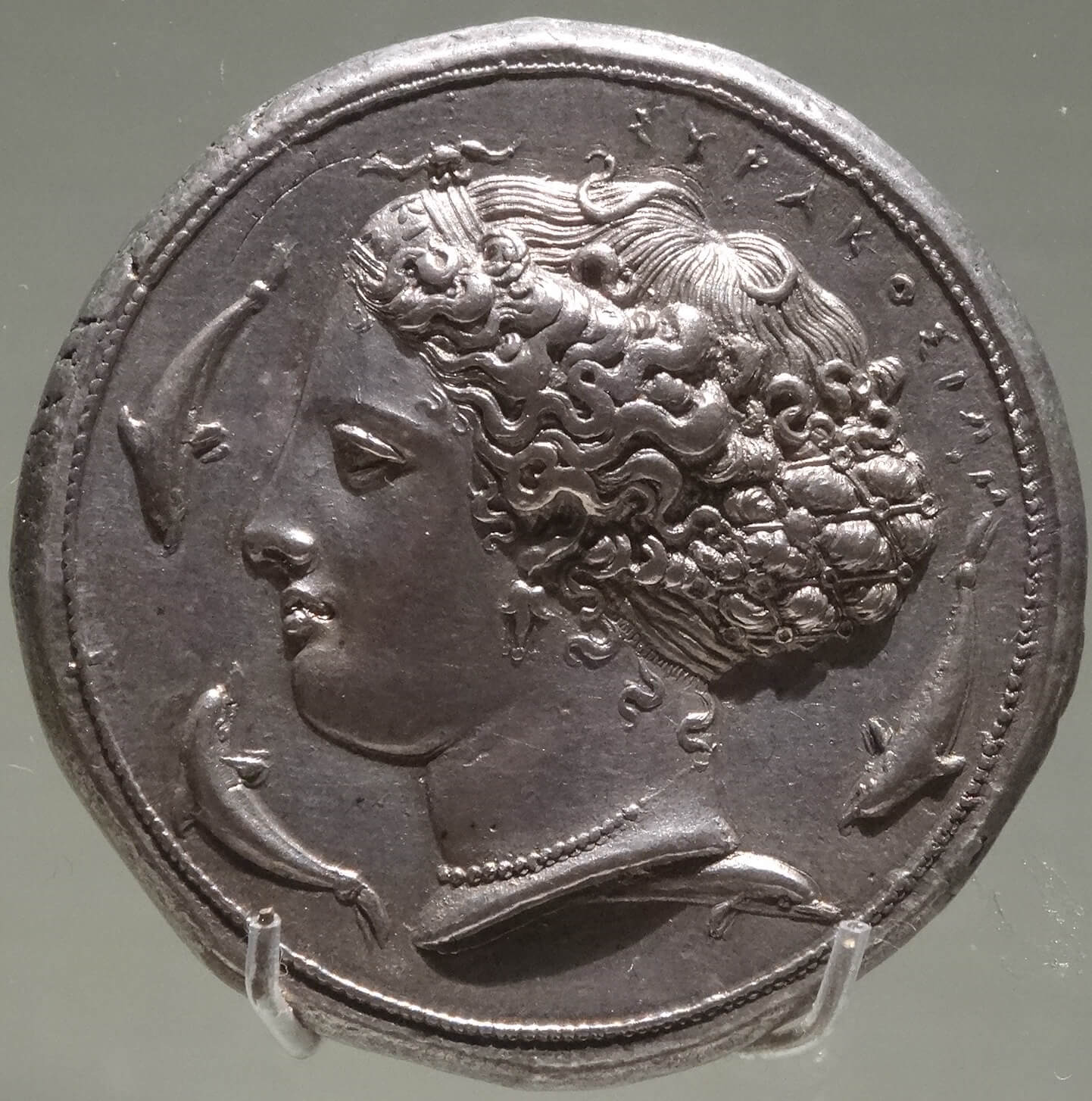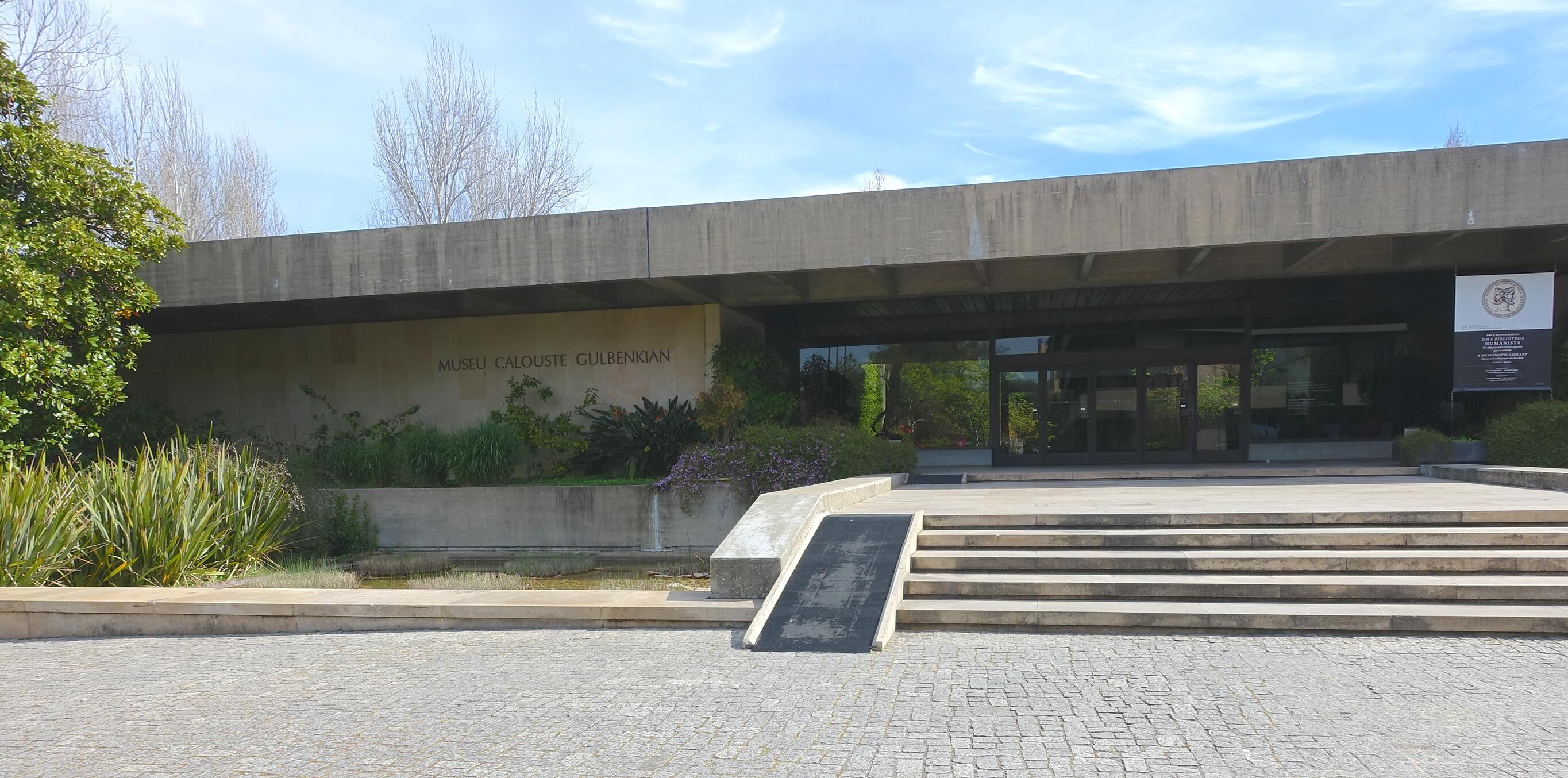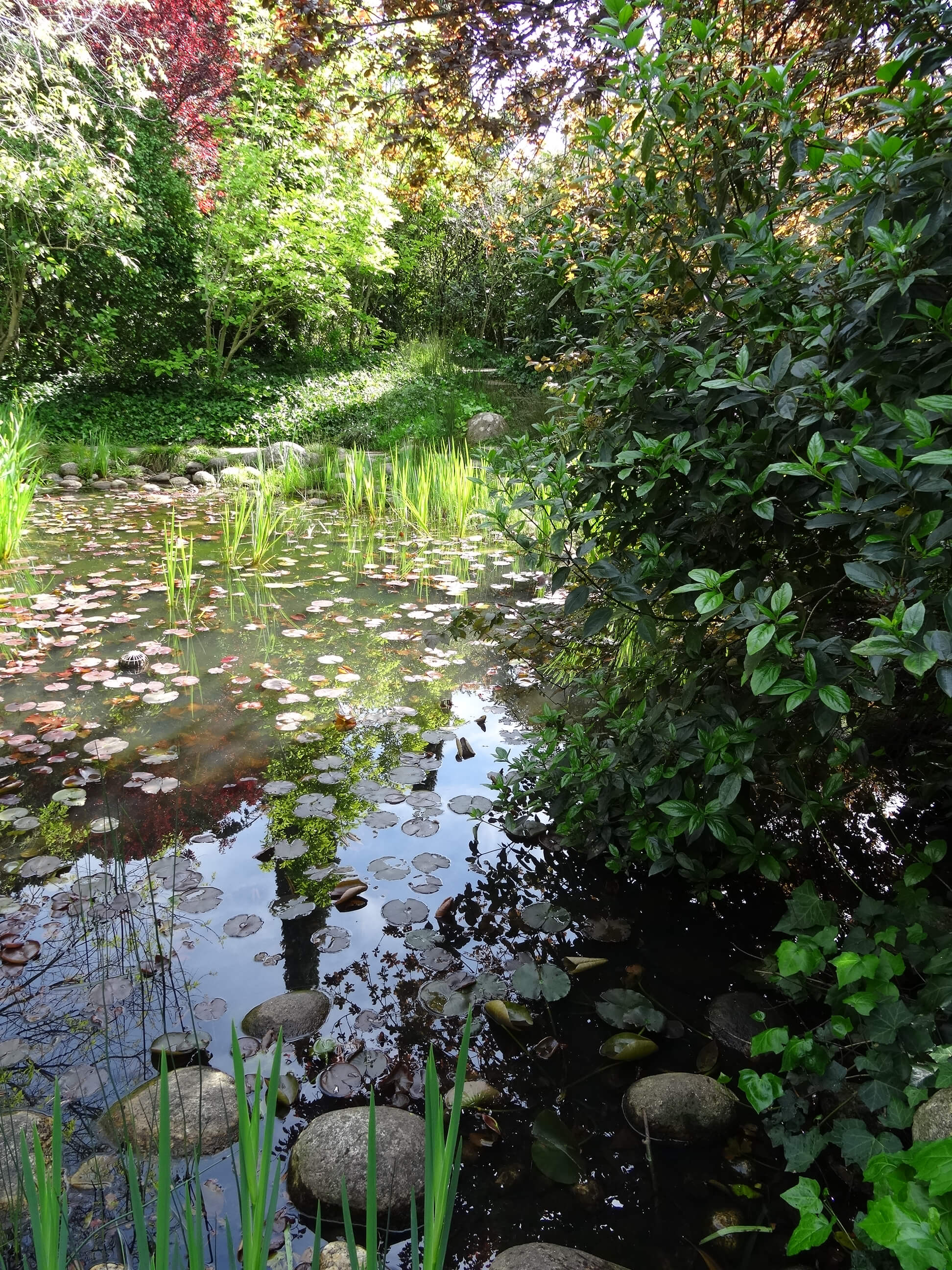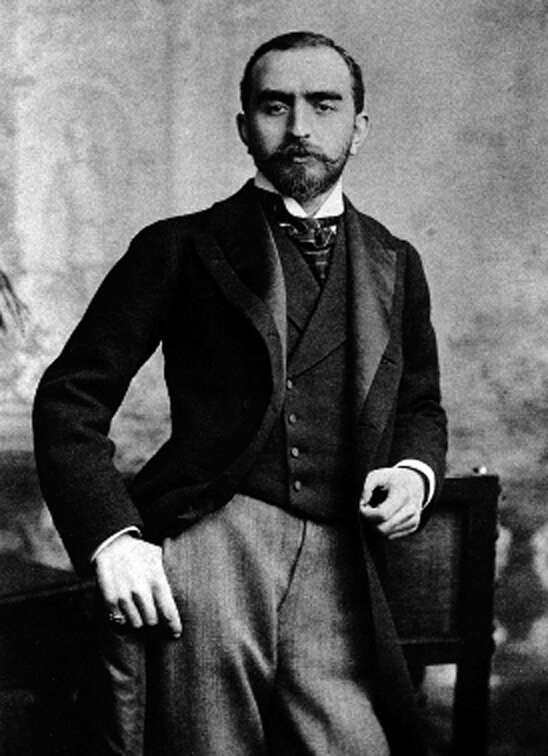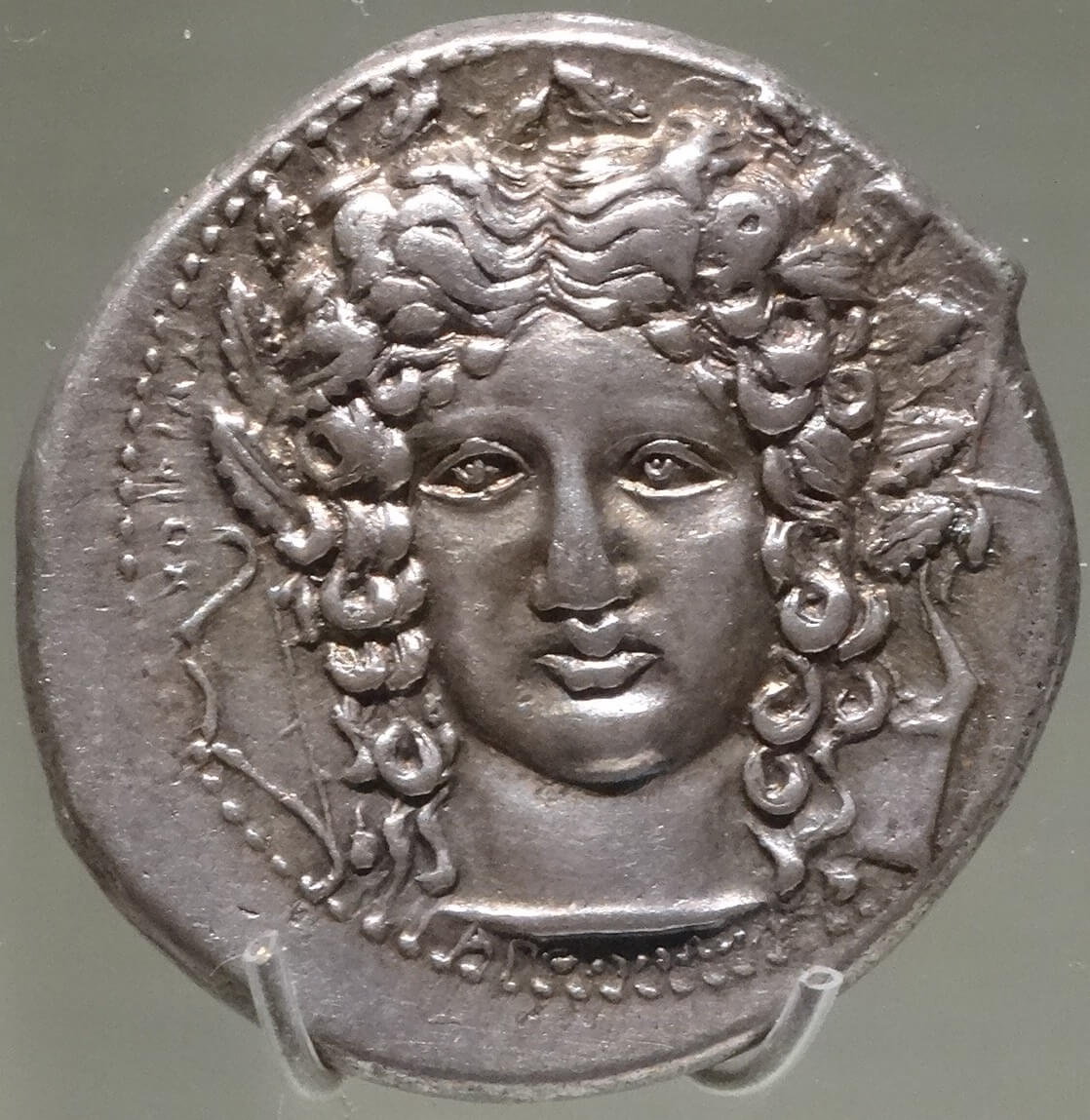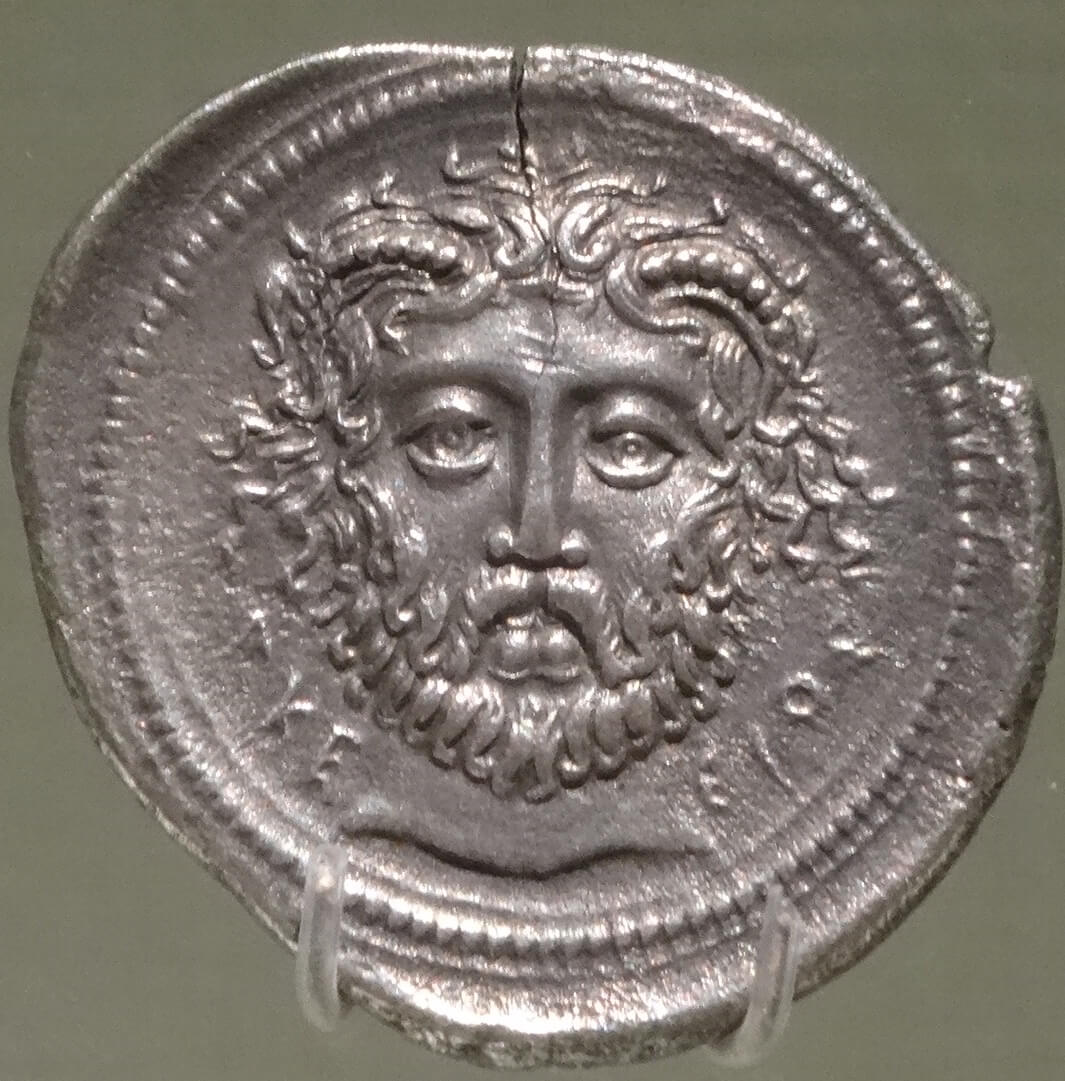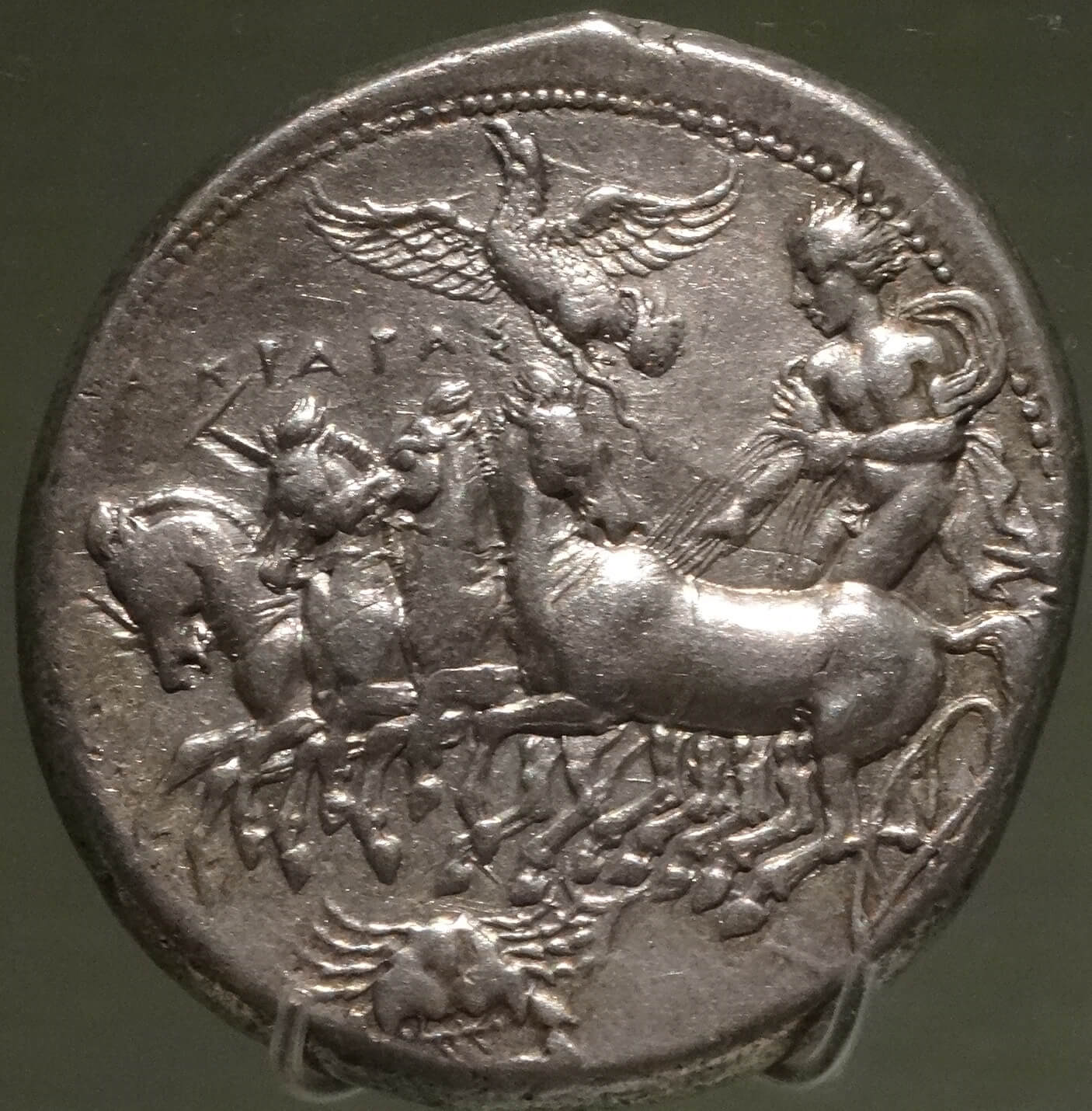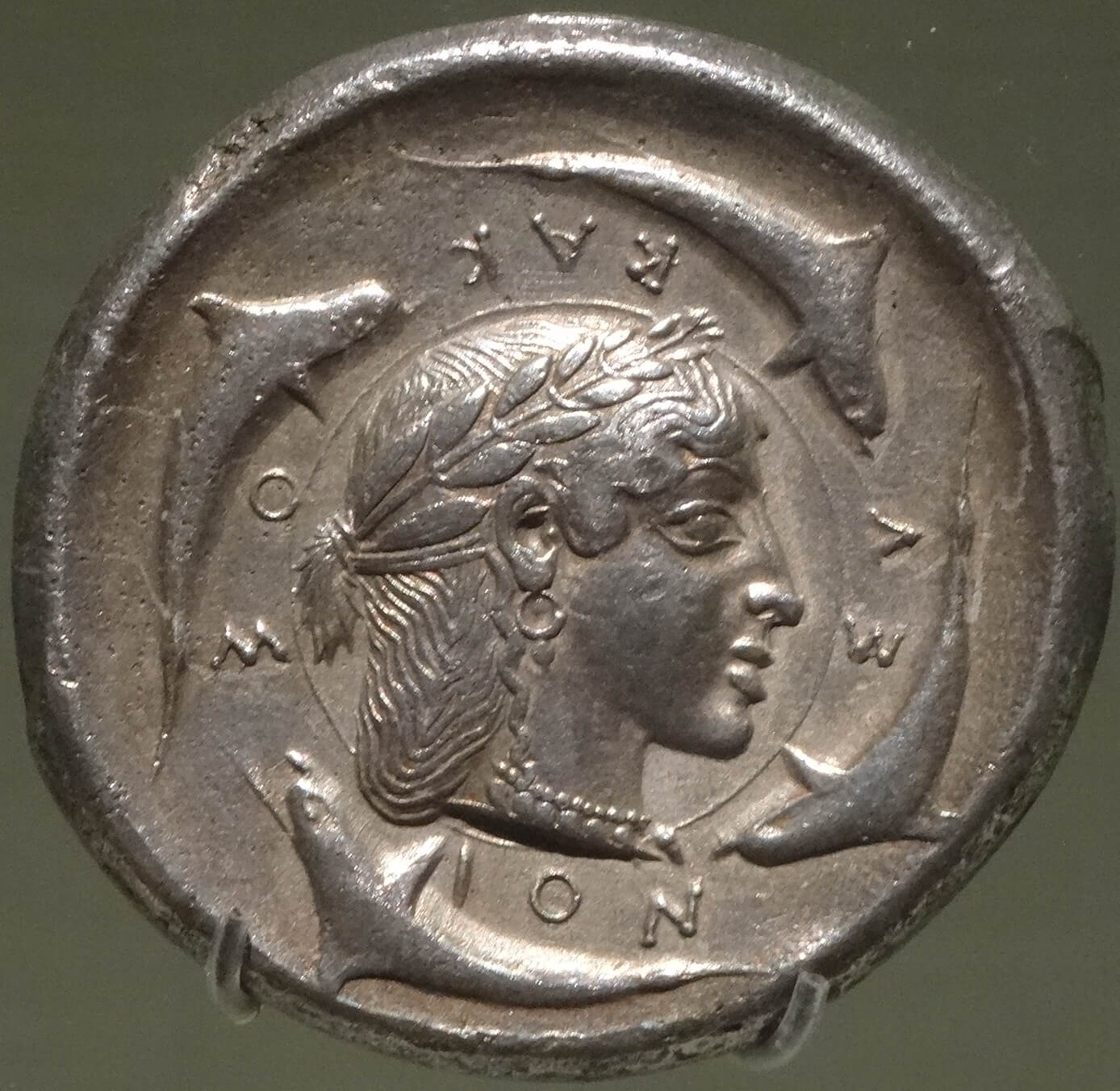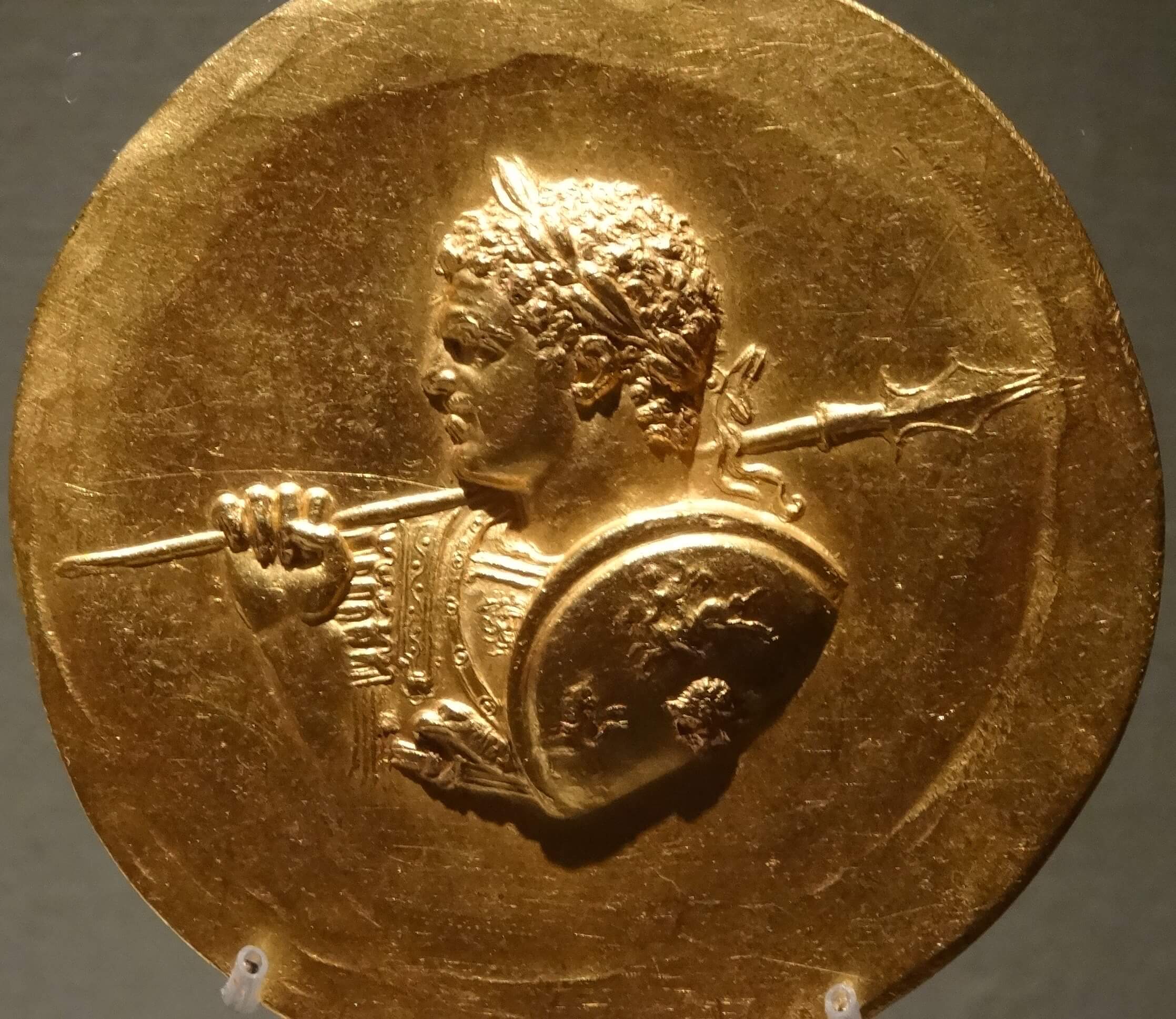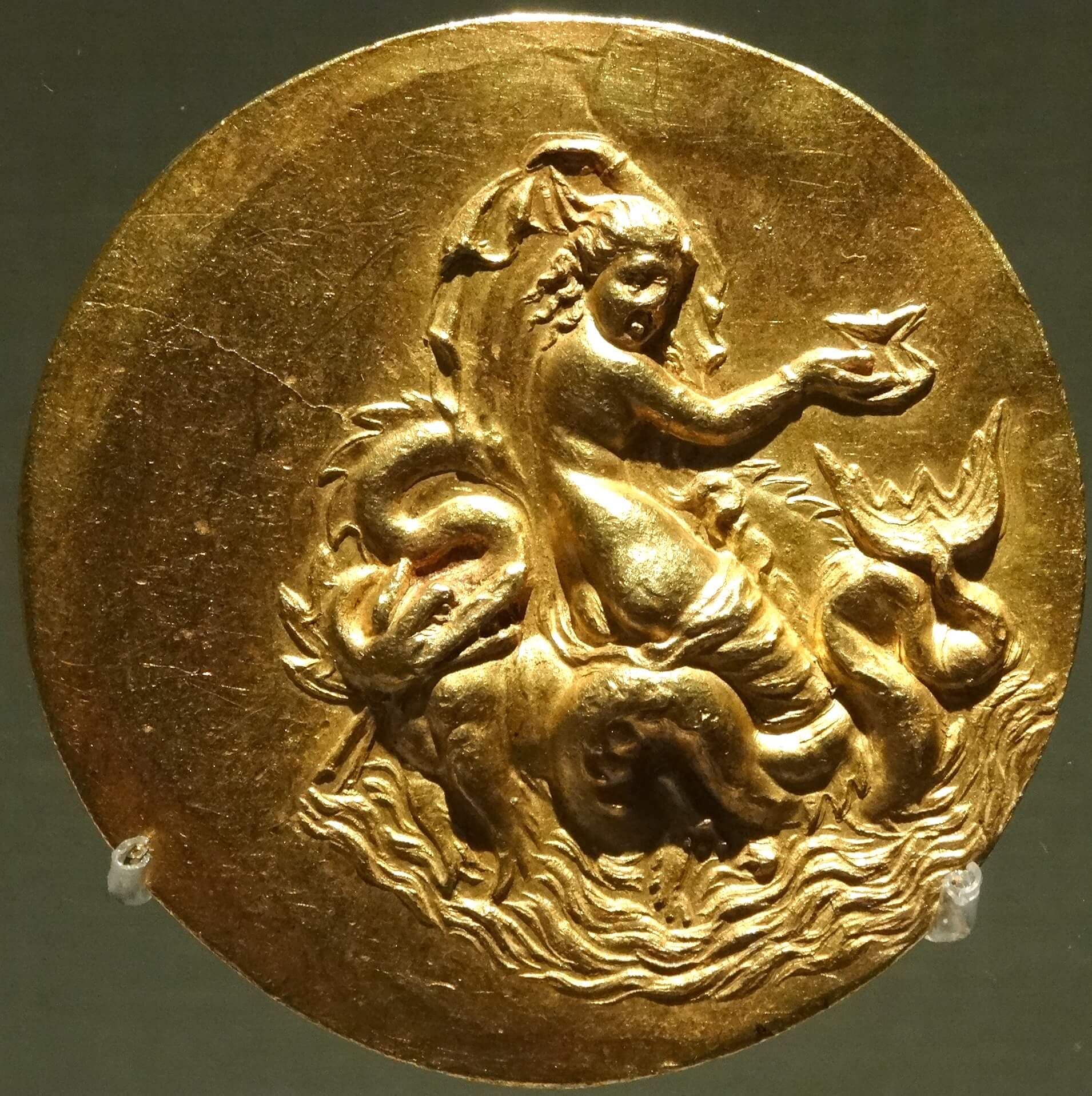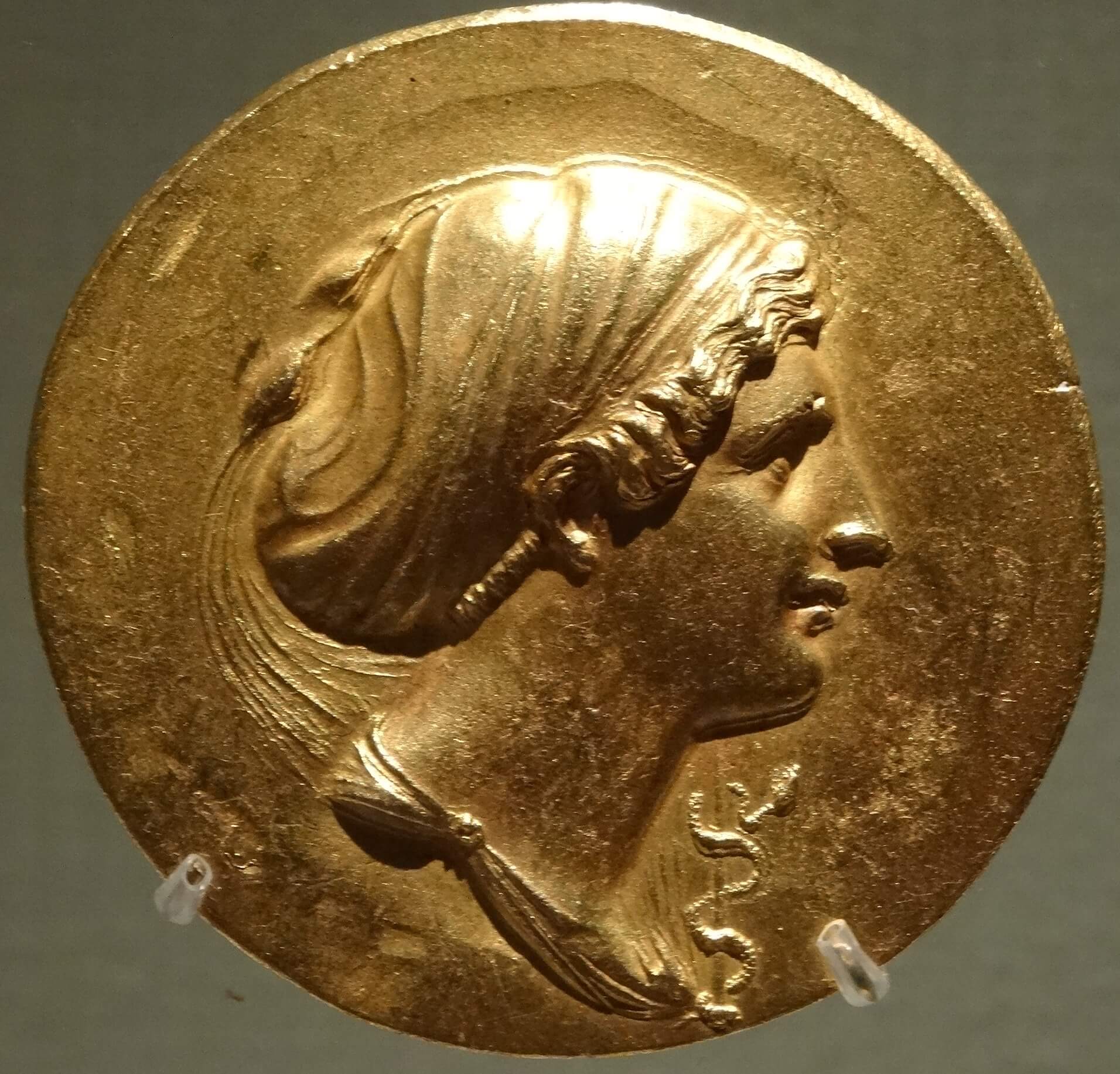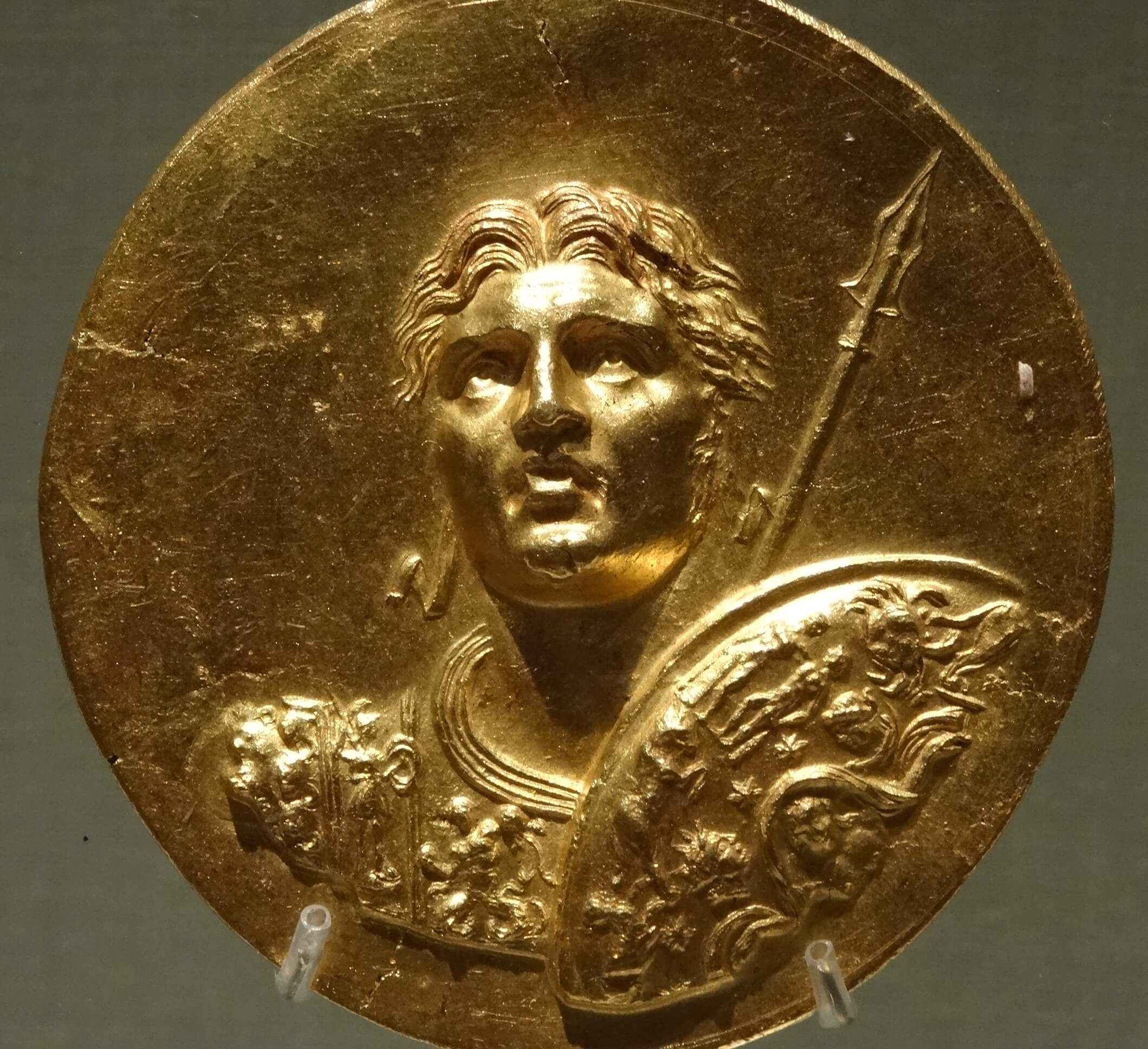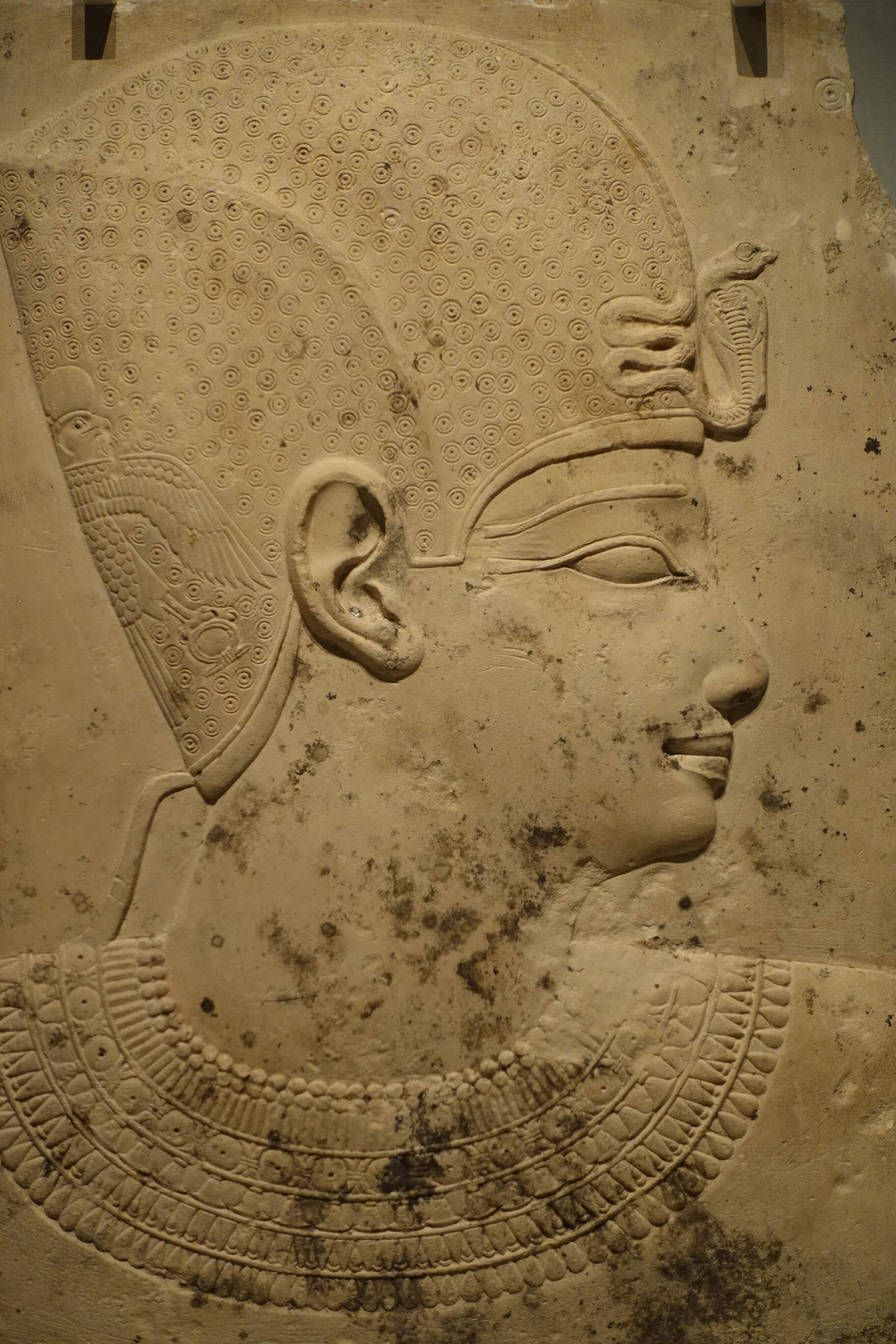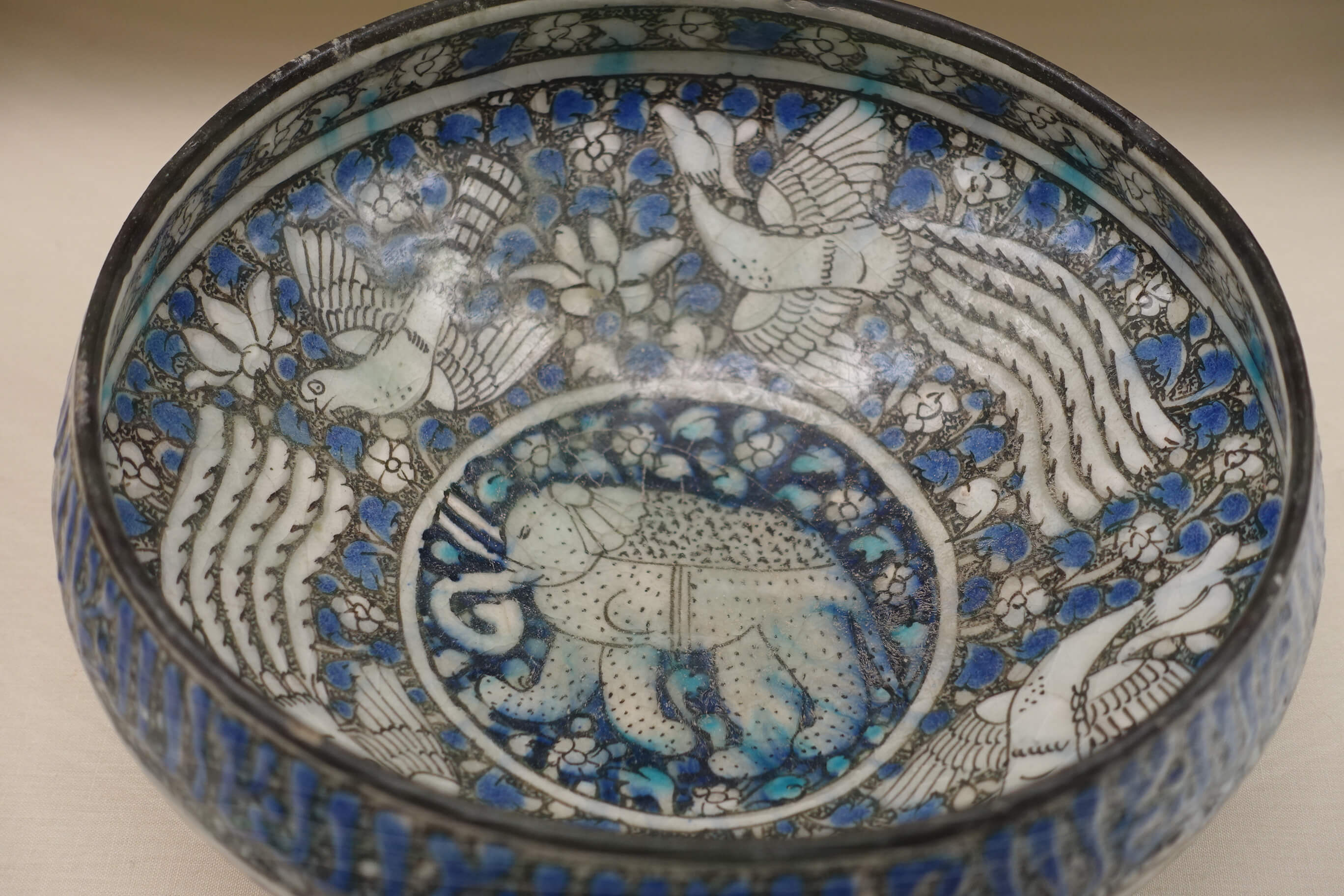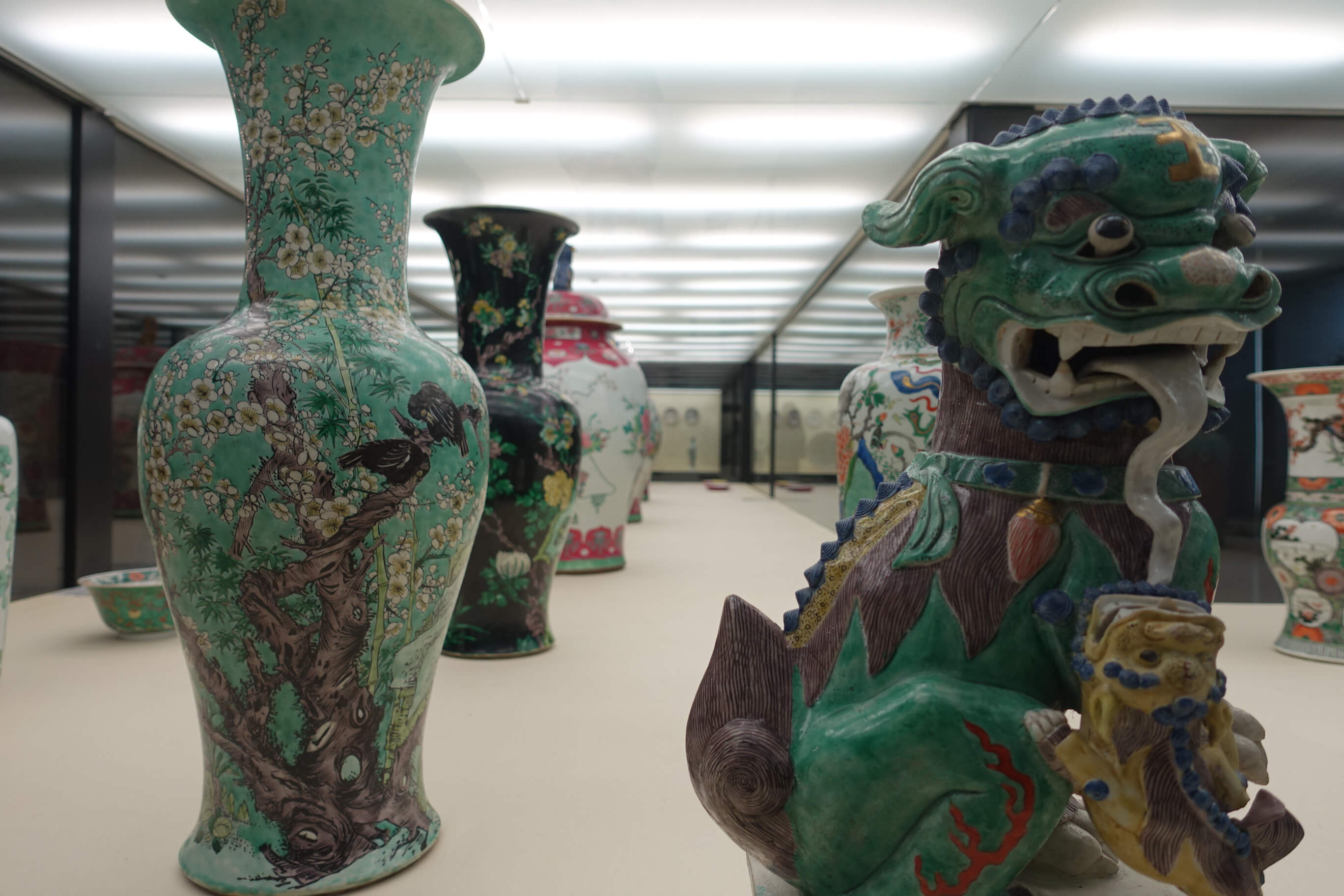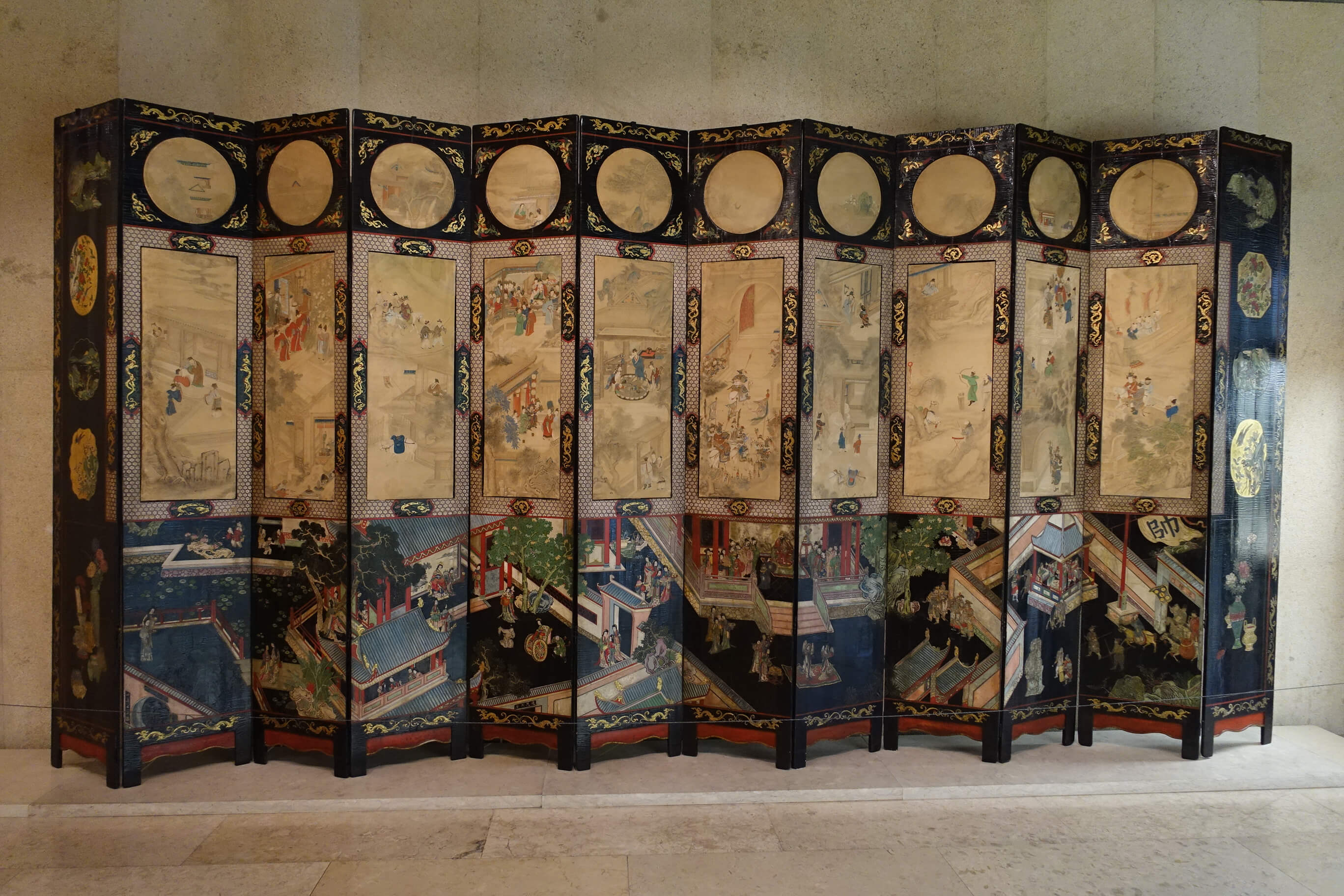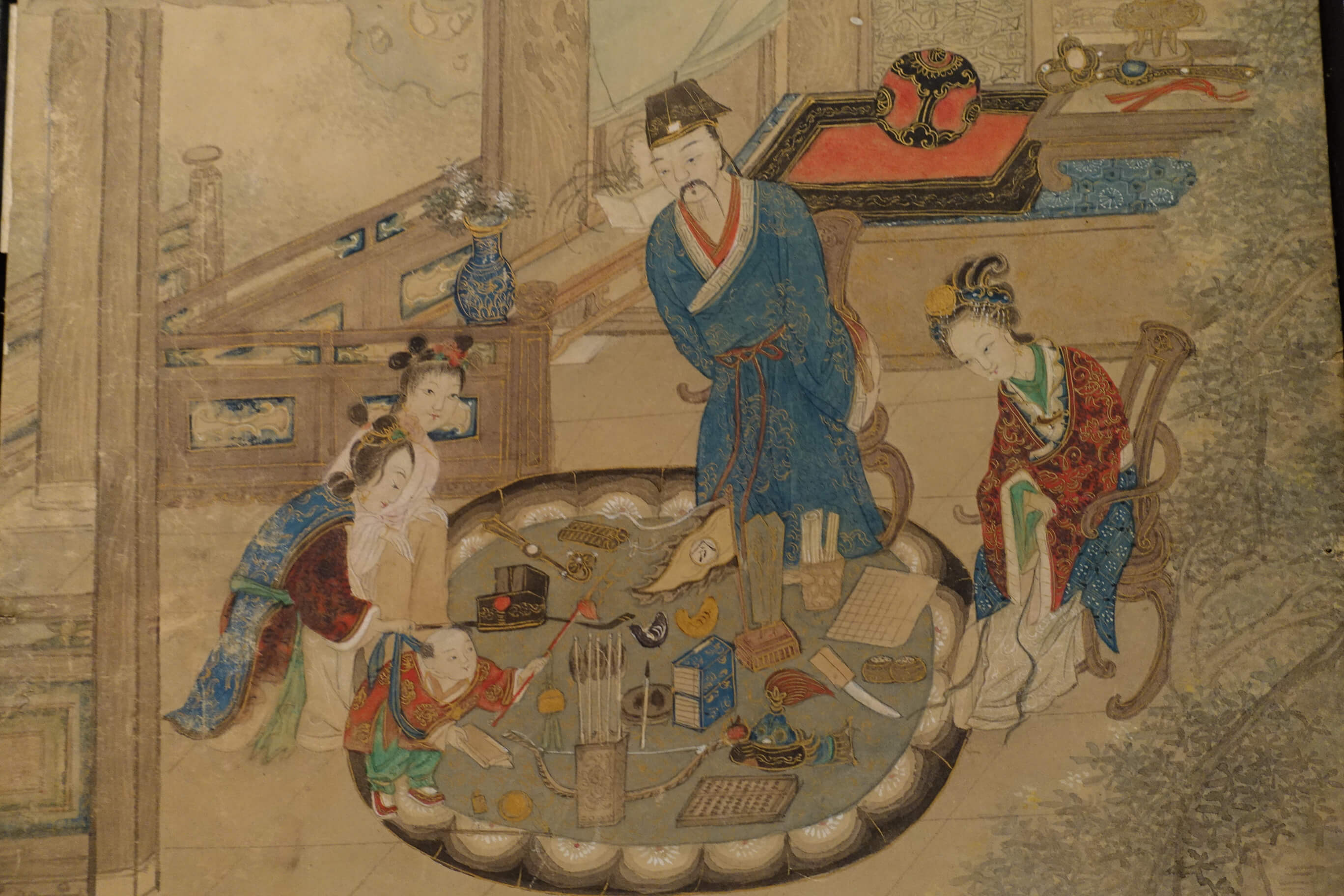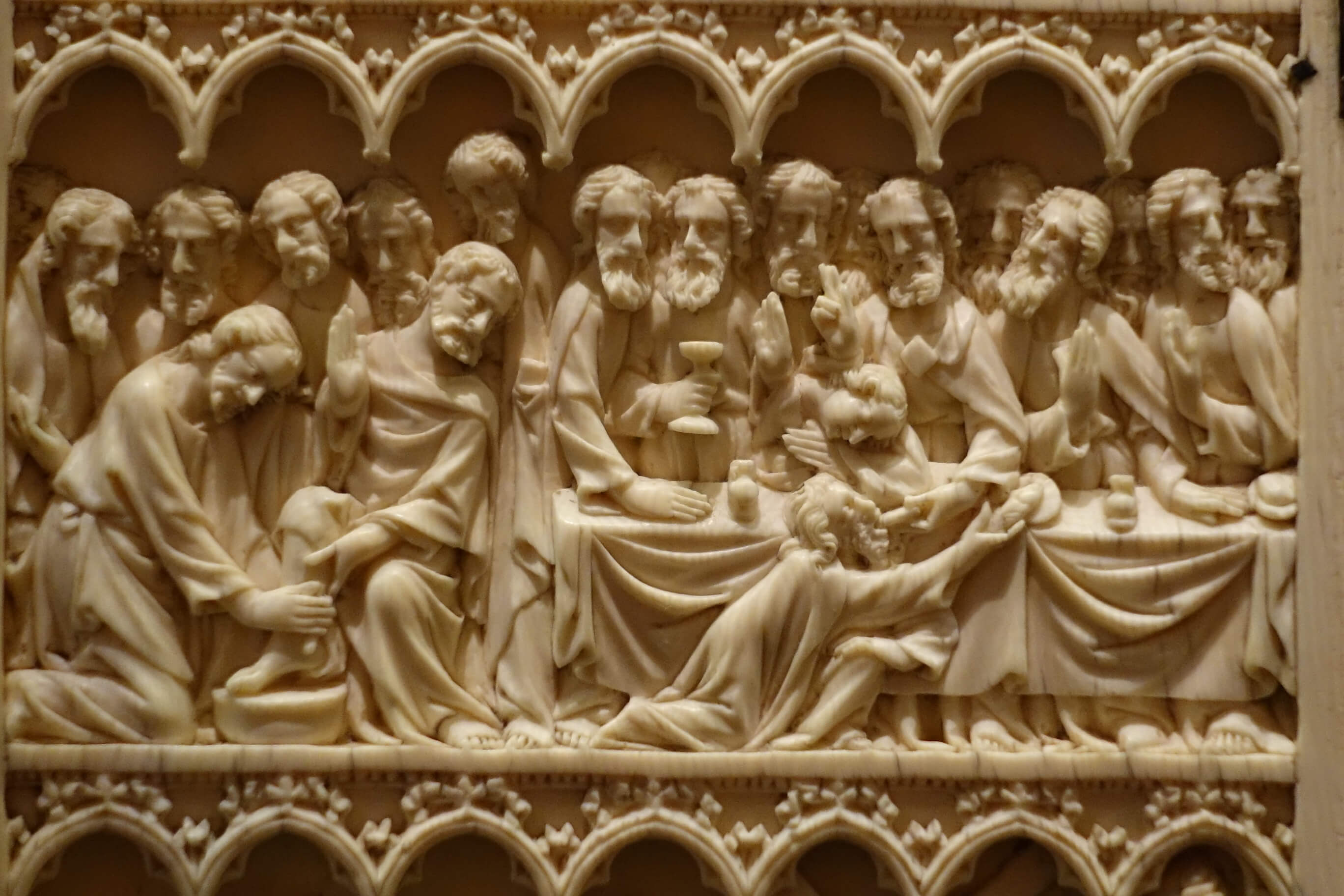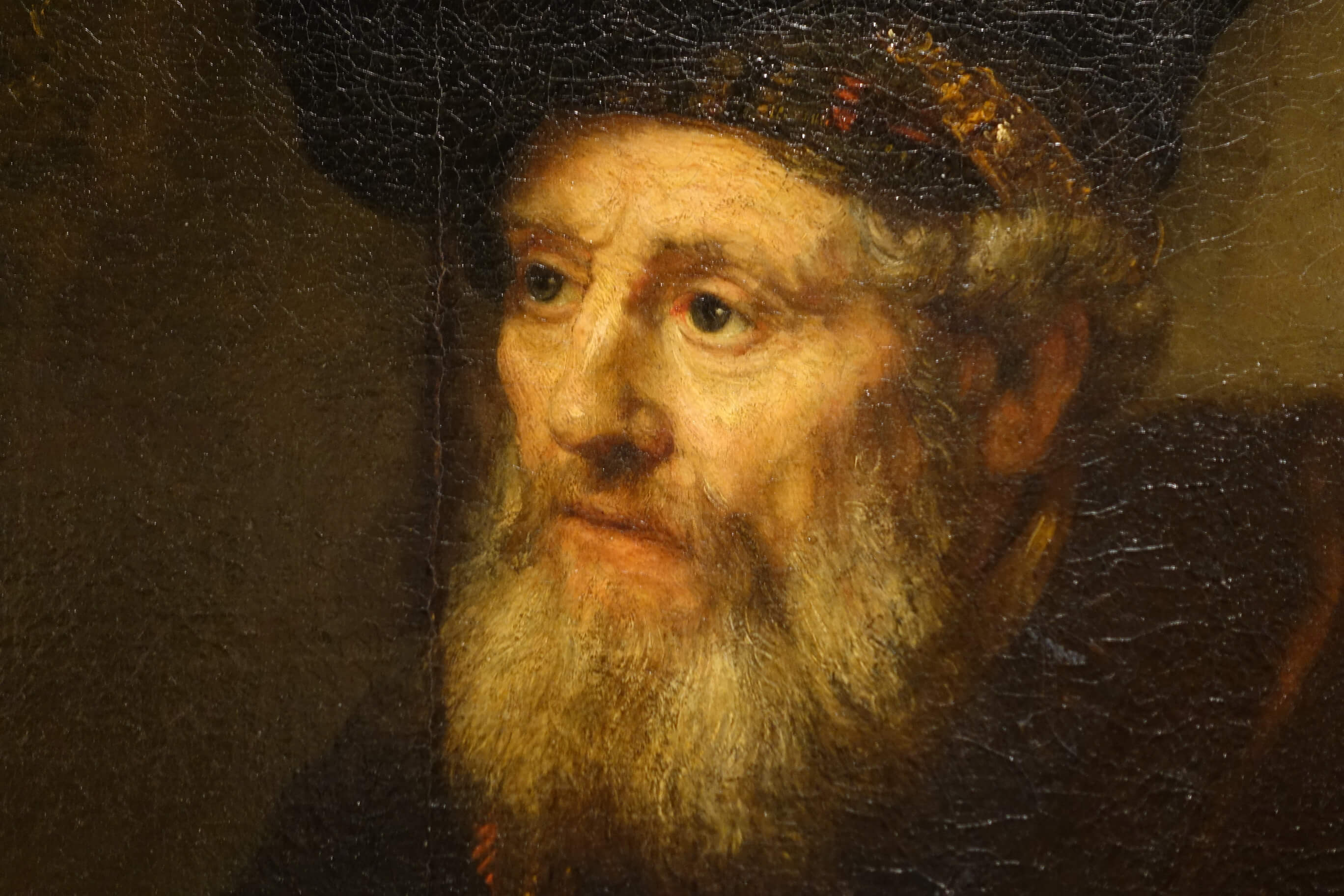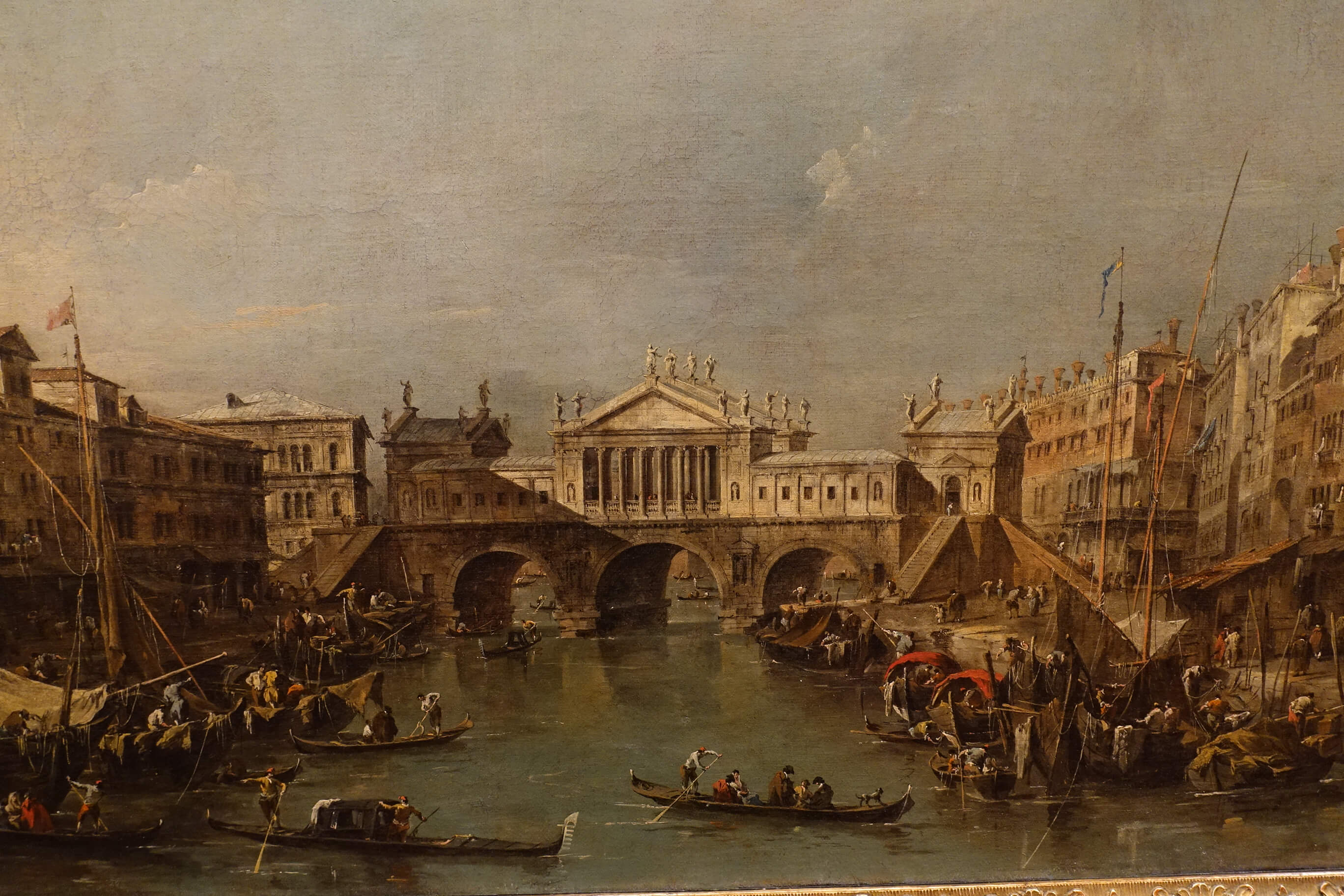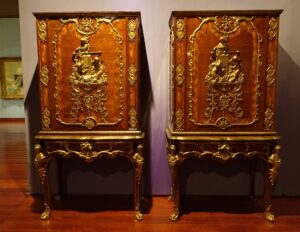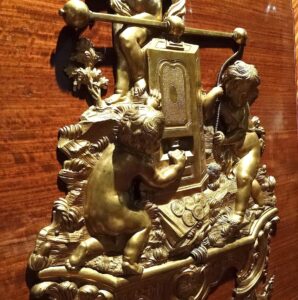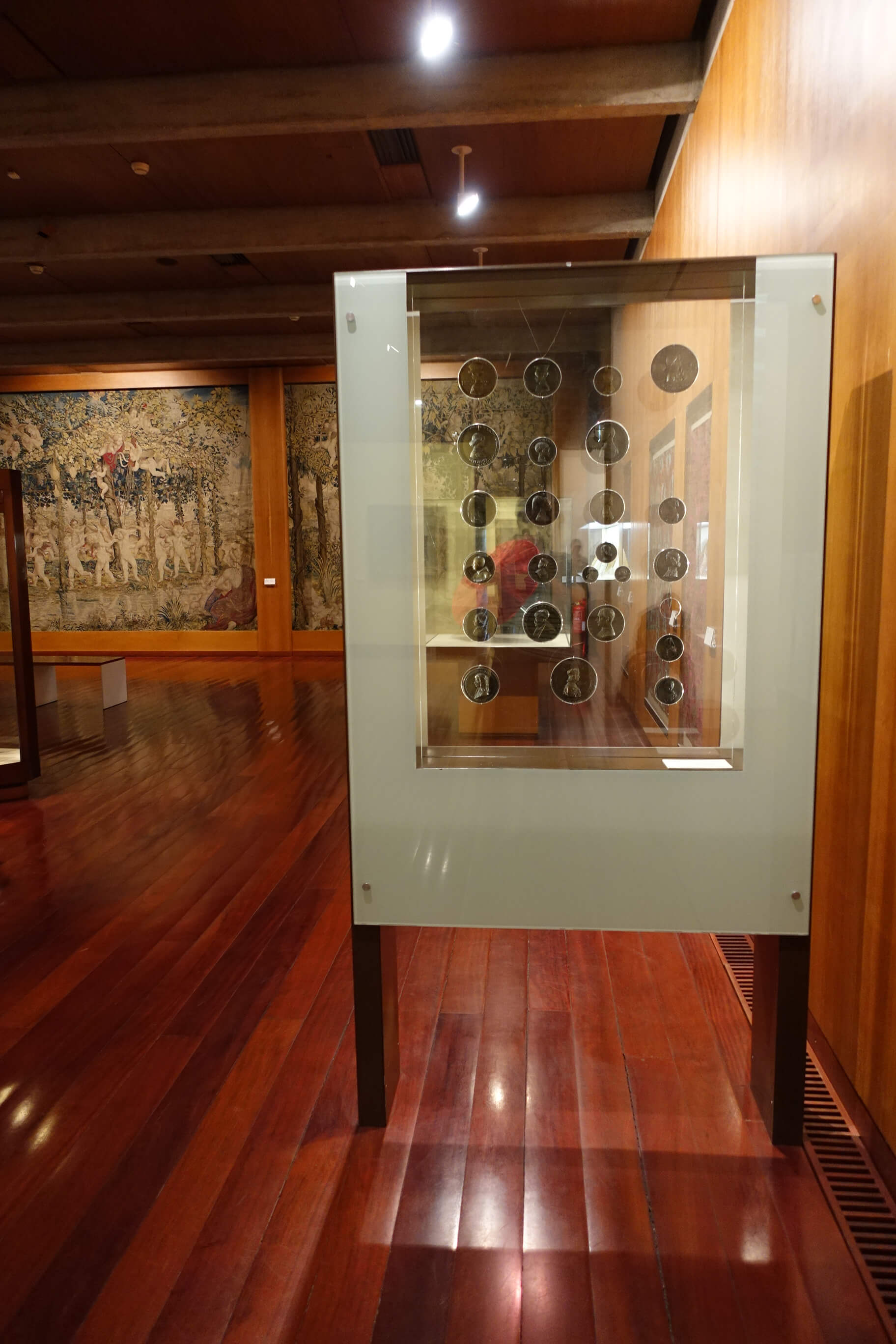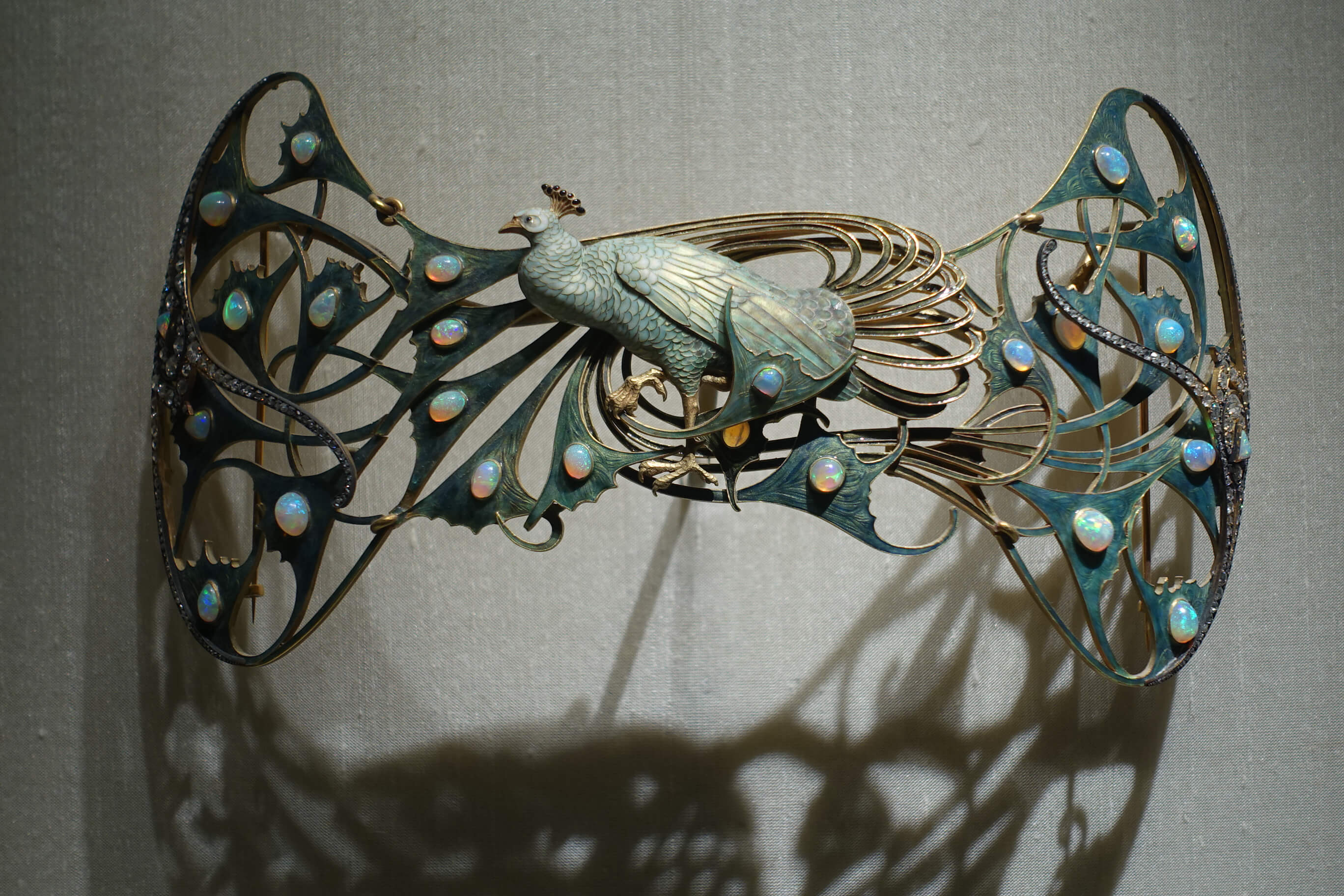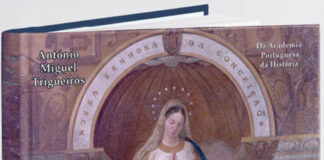Portugal is up and coming. These days, colourful spreads celebrating the pulsating cities Lisbon and Porto are a must-have in women’s weeklies and other young and fashionable magazines. Portugal, it turns out, has many advantages: Shopping, dining, and going out is cheap. The Portuguese are the friendliest people in Europe. And shopping centres are never far from the next UNESCO World Heritage site, so that travellers can dwell in the illusion of being “cultured”. What more can you want? Especially, if it takes you only 29 € with a low-cost carrier to get to that magical place.
As you rightly assume, our itinerary will not exactly consist of visiting the trendy insider tips publicised in equally trendy travel guides. Our itinerary is going to be old-school: culture, history, and of course numismatics. So the first stop on our tour was the Gulbenkian Museum, which, as every collector of ancient coins knows, possesses the most exquisite collection of Greek coins ever assembled. While other coin cabinets boast on a restricted number of selected masterpieces, at the Gulbenkian Museum every piece is a showpiece.
So, what are you waiting for? To Portugal!
Wednesday, 1 April 2015
No, this is not an April Fool’s joke. I am leaving my desk. I am out of here. Going away. To Portugal, the former world power on the Atlantic coast. Whose history only few among us really know. Or do you remember a single ruler other than Manuel I or Henry the Navigator (who by the way was no ruler)? Unfortunately, we were not the only ones to have this glorious idea. People were pushing and shoving their way through the crowds at the airport. There were a lot of people and there was a lot of swearing. Loud-voiced swearing. The flight to Paris was delayed and that to Jena cancelled. Our plane to Lisbon was packed, but over-punctual. We took off, we landed, we began our little adventure, and with us thousands of Easter tourists.
Accordingly, trying to catch a cab at the airport required a good deal of patience. Eventually, after a short but adrenalin-filled ride, we reached our destination, a hotel conveniently located on the Avenida da Libertade.
Maundy Thursday, 2 April 2015
For the numismatist, one place in Lisbon is Rome, Jerusalem, Santiago, and Mecca at once: the coin collection of Calouste Sarkis Gulbenkian (1869-1955), also known as Mr Fivepercent due to his extremely successful involvement with Iraq Petrolium Company Ltd.
We had been warned. Easter was approaching and the Gulbenkian collection would not be open on Easter Sunday, nor the following Monday. We had planned our schedule accordingly and moved the museum to the top of our agenda. Now our destination was only a metro ride away. Of course the information desk at the metro station was not staffed. Why would it be? After all, the Avenida da Libertade was only the street with the highest number of hotels in the city. Luckily a resourceful Portuguese had discovered this market niche and was using it to his (and our) advantage. He welcomed all the lost tourists with wide-open arms and, wildly gesturing, introduced them to the mysteries of the Lisbon metro system. To keep it short: All you need is a card that can be recharged at will. Our helper had a card for us and, in a matter of minutes, we had a card to use all means of transport for the day for only six Euros each. Unsurprisingly, our new friend quickly communicated to us that he expected a little reward for his services. And rightly so! He had saved us a lot of time and money, so we gave it to him gladly!
It took us not even 10 minutes to reach the museum which is home to the Gulbenkian foundation on the metro. The huge building complex gives away his time of construction fairly obviously. With his modernist-looking ponds and banks, the park, opened in 1969, is reminiscent of slightly outdated James Bond films. On entering the museum, we took pleasure in the loud croaking of the frogs.
Gulbenkian was anything but a self-made man. On the contrary, he came from a very wealthy and extraordinarily busy merchant’s family from the Ottoman Empire. His father had close relations to the ruler and the young child had been predestined to become wealthy merchant himself one day. Just how rich he would be one day no one, not even all of his ancestors taken together, could have imagined.
Already his father had invested part of his fortune in oil fields in the Transcaucasian Baku. Gulbenkian travelled there as a young man. The influence of this journey would last throughout his entire life. When, due to the first anti-Armenian pogroms, the whole family decided to move to London in 1896, Calouste studied Engineering and Applied Sciences at King’s College. His comprehensive knowledge, as well as impressive language and diplomatic skill made him a brilliant architect of economically very promising businesses. Time and again he managed to find a way of uniting conflicting interests of different business partners, including large corporations, and the involved governments. Even the comparatively small share he secured for himself filled Gulbenkian’s pockets sufficiently in order to buy everything the collector’s heart desired.
Coins were Gulbenkian’s first passion. Even at old age he could still remember how his father once gave him 50 piastres for bringing home several good marks from school. At the time, Calouste was 14 years old and 50 piastres a ton of money for him. He took the 50 piastres and hurried to the bazar in Constantinople to invest it in several ancient coins. His father was angry with him for wasting the money like this. Looking at these two first acquisitions ever made by young Calouste – two staters from Kyzikos – there can be no talk of wasting money.
After all, the 14-year old boy laid the foundation for what is arguably the greatest collection of ancient coins owned by a private party.
In a letter from 17 October 1946, addressed to Lucien Naville in Geneva, Gulbenkian expressed his objective, which was nothing less than ambitious: “I must confess that I do not only collect rare coins which, above all, combine rarity with great artistic value, a perfect state of conservation and which, at the same time, are in mint condition.”
And precisely those coins – or at least some of them – are on permanent exhibition as part of the Gulbenkian collection. Which is in Lisbon. Why? Well, the British had angered the Armenian by confiscating his five-percent share. During the Second World War, Calouste Gulbenkian and his family lived in Paris. And after the German invasion, Gulbenkian technically resided on enemy territory – the perfect opportunity for the British to confiscate his shares in favour of the British co-owning company. Even though the British government returned those shares to Gulbenkian after the war and paid him back with interest, his trust had been irreparably shaken. And so it happened that Gulbenkian began listening in more closely when the Portuguese ambassador indulged in praise of Portugal, one of the few countries not involved in the Second World War (it seems that the ambassador forgot to mention the reasons for that, along with a great deal of other things). After a personal visit to Portugal, Gulbenkian’s plan took shape, rendering the country a huge service in the long run. By not only leaving his large collection, but also fortune and shares to a foundation, Gulbenkian helped the country arrive in modernity from a previously agrarian state. Although he had children himself, his fortune seemed too immense to belong to a single person.
By the way, his generous endowment even found its way into modern literature. Dürrenmatt constructed the name of one of his characters, Claire Zachanassian, from the three patrons Zacharoff, Onassis, and Gulbenkian. In his play “The Visit”, Zachanassian travels to Switzerland to exchange the life of her ex against an endowment worth several millions.
It is not hard to imagine a collector who would enjoy having unlimited funds at his disposal though. That his funds must have been pretty much unlimited shows in this quotation (my favourite) from a letter exchange with the Communist regime in which Gulbenkian negotiates the purchase of several highlights from the Hermitage Museum: “You should not be selling to me or to anyone else… I continue to warn your representatives against removing these pieces from your museums. But if in spite of everything this has to be the case I insist that you grant me priority, for the same price, and I request you to keep me perfectly informed of the prices at which you want to sell.”
No wonder that this collection is as fantastic as it is. And we have not even got to the best part yet. While Berlin acquired five pieces of the find of Aboukir (and that at a time when this coin cabinet had almost unlimited funds), Baltimore three and Thessaloniki one, Gulbenkian went ahead and bought eleven of those incredible medals!
The Aboukir hoard was discovered in March 1902 close to a city in the Nile Delta. Although some of the pieces’ weight considerably exceeded 100 g, they fortunately did not end up at the goldsmith, but were offered for sale to all major museums. Only Berlin took the opportunity. The rest of the treasure was sold to private collectors. Gulbenkian bought his eleven jewels from the heirs of John Pierpont Morgan and, with Jakob Hirsch as an intermediary, from the James Loeb collection.
While taking up research on the subject again and again during the past few years, Karsten Dahmen found out that the medals must be some sort of victory medals, given to the successful contestants in the games held in honour of Alexander in Beroia. The medals were known as Niketeria and possibly given out as special prizes by the ruler of the Koinon of Macedonia, who was responsible for the execution of the games. It seems that the Niketeria had their origin in the time of Elagabalus or Severus Alexander.
Those medals leave you wondering that being a professional athlete in Late Antiquity might have been a very lucrative business.
But enough of numismatics, at least for the moment. After having spent a whole hour admiring the contents of showcases (too few if you ask me), we continued our tour, which would get even better.
After all, Calouste Gulbenkian collected not only coins. The museum also has a fantastic department on Egyptian art.
The collection of Muslim art, including carpets, tiles, glass, and ceramics was equally impressive.
And the hall with treasures from the Far East left us simply amazed.
My favourite object was a marvellous Chinese screen, that is in parts produced with a very special technique: The darker parts are made from wood and sealed with up to 30 layers of lacquer to create an eye-catching relief.
Even the drawings on the screen were so rich in detail that it was impossible to take it in its entirety.
After a mere two and a half hours at the museum, we were shocked to realise that we had not even seen half of it. So we decided to take a rest in the museum’s café, which – like everything else in the Gulbenkian Museum – is a pleasure. And a good hour later we were ready to see the rest of the collection.
Generally, Gulbenkian is better known for his paintings than for his coins. He collected the best of the best and several great painters feature more than once in his collection: Rogier van der Weyden, Rembrandt, Rubens, Turner, Constable, Gainsborough, Rodin, Corot and of course Guardi.
Francesco Guardi is represented with an entire collection of his Venetian vedutas, among them the painting with the Rialto Bridge according to the project by Palladio that was never executed. Although the city fathers had praised the beauty of Palladio’s design, they also told him that his design unfortunately did not allow enough space for the small shops that were such a welcome source of revenue for the public purse…
My favourite pieces here were two fantastic medal cabinets that I would just love to put in my apartment. The French furniture was made around 1750 by Charles Cressent.
The work is done with so much precision that every detail is recognisable, even the Roman aurei given out by the small screw press operated by the cherubs, who use the leather strap for greater momentum.
I also found this salt cellar especially pretty, designed once upon a time to decorate the dining tables of the rich. What an ingenious idea to design a salt cellar that documents the salt production process!
That aesthete Gulbenkian also collected Renaissance medals goes without saying.
Not to forget the unbelievable hall with jewellery designed by René Lalique. This marvellous peacock was worn as a corsage ornament. How? I have no idea. Neither did the web, which I searched for more information.
Evidently, we wanted to bring home as many books as we could carry. And since the Gulbenkian Museum does not only have an excellent café, but an even better museum’s shop, we found a great range of subject literature, even on numismatics. Yes, we did buy a lot. No, we will not face trouble concerning our maximum weight allowance, as we intend to mail the 20 kg worth of books to Germany.
Everywhere we went, we met Portuguese who were incredibly friendly. But the friendliest one of all was the manager of the museum’s shop. After recovering a number of books from the depths of the storage room just for us, she engaged in a lively debate on why museum’s shops in Germany are so terribly boring. She had been to Berlin, she told us, and seen so many objects that would have made excellent merchandise material. And what did she find in the shops? A few books! That was regrettable, especially considering that the museums sorely needed the money. She could not get her head around the idea that many museums simply rent out their space. After all, the tourists came to spend money, didn’t they? Museums could easily profit from that by keeping some of that money! All you needed were some good ideas!
We carried our 20 kilos of books home and set off towards Lisbon’s old town. At the tourist office, we waited in line with thousands of tourists. We passed thousands of tourists waiting to catch a ride up to Bairro Alto on the old-fashioned cable railway. Among thousands of tourists, we managed to find a free table on the Praca do Comercio until we decided to have dinner at a typically Portuguese fish restaurant, the Ribadouro, instead.
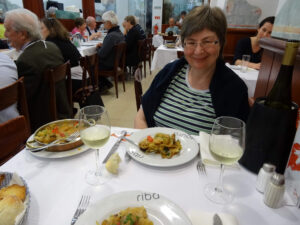
We ordered: For starters, mussels, one Portuguese-style and one Spanish-style portion, a bottle of vinho verde and a main course each. Our waiter patiently explained to us that we would never ever be able to eat that much. Instead, he would serve us … We did not understand what exactly he would serve us. Didn’t matter anyway. It was delicious! The main, which we could not eat up even though we shared it, turned out to be a rice dish with crabs, egg, onions and some kind of vegetable. Now we knew for sure that we would not die of starvation here! A prophecy that would prove to be true in the next weeks.
In the second episode, we are going to visit Belem – together with thousands of tourists.
Here you will find all episodes of our series “Global Power Portugal”.



